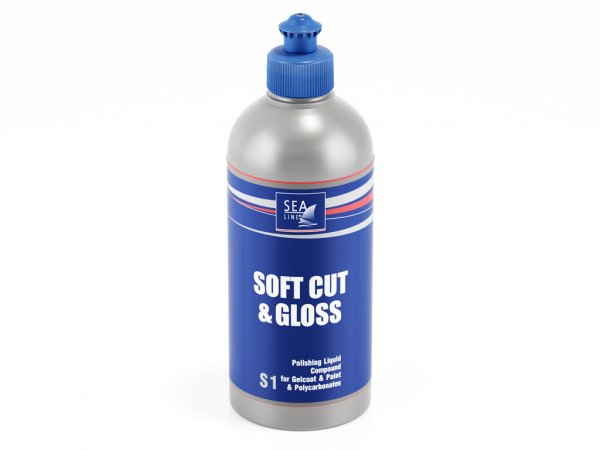
S1 SOFT CUT & GLOSS – Polishing paste thanks to its versatility can be used in industrial as well as DIY use. This is a perfect product for charter companies or private boat owners which have to restore gloss on different type of surfaces. The paste does not contain wax and silicone fillers.
CUT LEVEL = 6
GLOSS LEVEL = 8
NO SILICONE
| Surface | gelcoat, polyurethane paints nad varnishes, plexi, polycarbonate | |||
| Function | removing defects from the surface gloss restoring | |||
| Consistency | liquid – creame paste | |||
| UV resistance level | very low | |||
| Surface preparation * | mechanical grinding | manual grinding | ||
| light color | dark color | light color | dark color | |
| gelcoat | P1200 ⇒ | P1500 ⇒ | P1500 ⇒ | P2000 ⇒ |
| polyurethane paint | P1200 ⇒ | P1500 ⇒ | P1500 ⇒ | P2000 ⇒ |
| plexi, polycarbonate | P2000 ⇒ | P2000 ⇒ | P2000 ⇒ | P2000 ⇒ |
| high hardness surfaces | P1500 ⇒ | P2000 ⇒ | P2000 ⇒ | P2000 ⇒ |
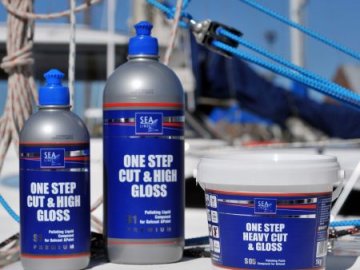
Sorry, this entry is only available in Polish.
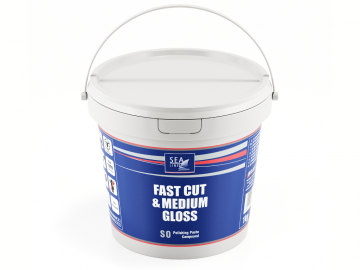
S0 POLISHING COMPOUND – FAST CUT & MEDIUM GLOSS Cut level = 8 Gloss level = 6 NO SILICONE TEXTURE […]
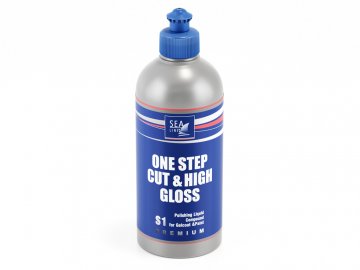
S1 PREMIUM POLISHING COMPOUND – ONE STEP, CUT & HIGH GLOSS Cut level = 8 Gloss level = 9 NO […]
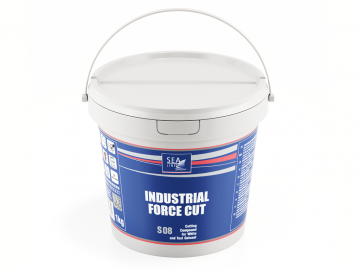
Primarily designed for the companies which produce goods or forms made of gelcoat or an industrial topcoat with a high […]
Sea-Line yacht paints are designed for painting the surface of boats and yachts made of various materials, e.g. laminate, wood or steel. We do not have a certificate of the National Institute of Hygiene, which would allow the use of yacht paint to paint the tank with drinking water.

Refilling and to tackle inequalities caused by damage to or during the course of production

Protects boat surfaces from the effects of destructive activities osmosis and corrosion

Provide an aesthetic and a perfect look of the boat also protective against water and UV radiation

Protect the hull from fouling with algae and shells

Effectively remove scratches, refresh the color of gelcoat or paint, fast shine effect

Special preparations for effective cleaning and refinishing

Laminating, gluing and filling in cracks in gelcoat

Range of products useful in the boat builder work